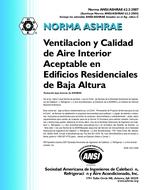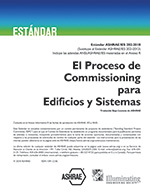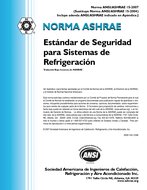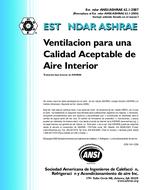Description
The European Union (EU) directive 2002/95/EC “on the Restriction of the use of certain Hazardous Substances in electrical and electronic equipment†or RoHS was implemented in July 2006. However, this was only the first of many RoHS(- like) regulations that have been passed or are being considered in many countries. The aim being shared by almost all RoHS legislation is the elimination of lead in electronic products. These policies are now generally referred to as the RoHS Directive and are often referred to as “Lead-Free†legislation.
A printed circuit board, or PCB, is used to mechanically support and electrically connect electronic components using conductive pathways laminated onto a non-conductive substrate. PCBs have conducting layers on their surface typically made of thin copper foil which if left unprotected, will oxidize and deteriorate. Research has shown that printed circuit boards made using lead-free materials can be more susceptible to corrosion than their tin/lead counterparts and it was soon discovered that lead-free products with immersion silver (ImmAg) surface finish will creep corrode in high sulfur environments. The majority of creep corrosion failures occurred on hard disk drives (HDD), graphic cards, and motherboards in desktop or workstation systems (only those with ImmAg PCB finish were affected).
Corrosion-induced failures are frequent in electronics products used in industrial environments. Now even in environments previously considered relatively benign with regards to electronics corrosion are experiencing serious problems as a direct result of RoHS compliance. Data centers in many urban locations have reported failures of servers and hard disk drives due to sulfur corrosion. Gaseous contamination can result in intermittent equipment glitches, unplanned shutdowns, or failure of critical systems that often result in significant business and financial loss.
Desktop and laptop computers, servers, data communications (datacom) equipment and other information technology (IT) equipment are now at risk due to RoHS. There are indications that this may even trickle down into personal computers and electronic devices.
Manufacturers have to comply with RoHS if they want to continue in to do business in the EU, China, etc., and many have taken the ImmAg route as their path to compliance. This has taken care of one issue but has presented new challenges with regards to equipment reliability.
Units: Dual
Citation: ASHRAE Transactions, Vol. 116, pt. 1, Orlando 2010
Product Details
- Published:
- 2010
- Number of Pages:
- 16
- File Size:
- 1 file , 760 KB
- Product Code(s):
- D-OR-10-023




